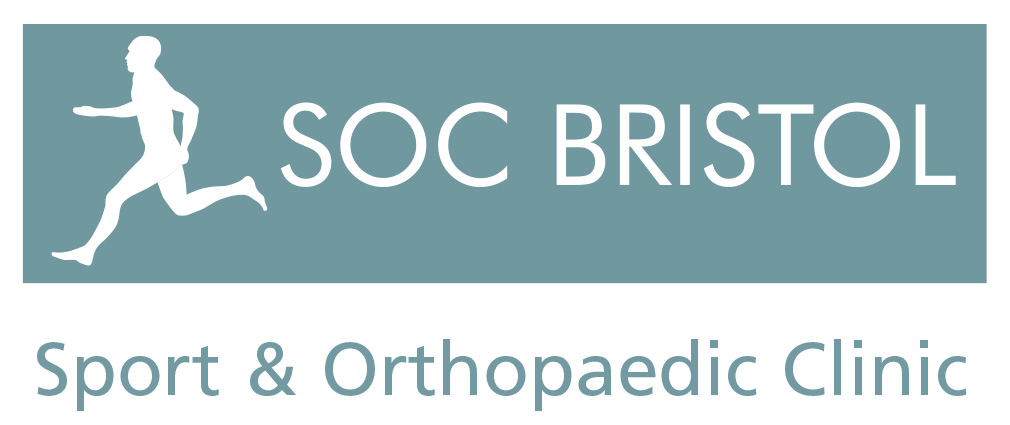Partial Articular Sided Tendon Avulsion (PASTA).
The rotator cuff is a group of 4 muscles that originate from the scapula and surround the humeral head (ball of the ball and socket joint) and stabilise it (hold it in the joint). These muscles are the Suprasinatus, Infraspinatus, Teres Minor and Subscapularis.
These rotator cuff tendons can become torn either as a single traumatic event or as a consequence of repetitive injury. The tears may extend through the whole tendon (full thickness) or only part of the way through (partial thickness tear). A partial tear may start on the outer surface of the tendon under the acromian (a bursal sided tear) or on the articular surface (a Partial Articular Sided Tendon Avulsion).
Risk Factors:
Age related degeneration of the tendon.
With age the rotator cuff tendons change becoming weaker and more vulnerable to both sudden and vulnerable to both sudden and gradual injury.
Repetitive overhead activities.
Activities such as plastering or painting ceilings and sports such as tennis result in repeated stress on the rotator cuff tendons which may predispose to damage to the tendon and the development of tears.
Sudden unanticipated resisted contraction of the shoulder muscles.
Fall or Injury.
Falls particularly on the elbow or arm may result in a single event sufficient to result in a PASTA.
Shoulder (Gleno-Humeral Joint) Dislocation.
A dislocation of the shoulder may be associated with a rotator cuff tear at any age but the likelihood of a tear occurring increases with age. PASTAs are more likely to be associated with dislocations in younger individuals.
Signs and symptoms:
These are often very similar to rotator cuff tears in general.
The pain is typically felt over the upper arm rather than the shoulder itself. It is often persistent and recurrent and worse when lifting the arm out to the side (abduction) or in front (elevation). With a PASTA pain is frequently the predominant feature.
It may be painful to lie on the shoulder at night.
The arm may feel weak particularly when lifting the arm above shoulder height.
There may be a clicking or grinding sensation within the shoulder.
Diagnosis and Investigations:
Your surgeon should listen to the account of your symptoms. The shoulder is usually examined to identify any pain and weakness.
The diagnosis may be apparent on the basis of the history and examination. However, it may be difficult to distinguish the extent of tendon damage from irritation to a complete tear. Further imaging is usually undertaken.
Typical investigations include:
X-Rays (Plain radiographs)
Ultrasound scan.
MRI (Magnetic Resonance Imaging) with contrast (an Arthrogram). PASTA tears are typically not well visualized on plain MR imaging.
Treatment:
The pain associated with a rotator cuff tear may settle with rest and avoidance of exacerbating activities.
Rehabilitation may reduce the pain associated with a tear and improve the function of the shoulder.
Anti-inflammatory medication may help relieve the pain.
Injections of corticosteroids (steroid) may improve pain.
Link to additional information on steroid injections.
If non-operative management does not improve the level of pain and function surgery may be indicated. This would typically involve an arthroscopic repair of the damaged tendon.
Rehabilitation:
Shoulder surgery typically involves significant rehabilitation. It may take at least 6 to 12 months for pain to settle and full function to recover. Dedication to the rehabilitation recommended programme is likely to influence the outcome of surgery.
Following surgery it is likely immobilisation in a sling will be required from 4-6 weeks. It is typically 3 months before resistance work is commenced and it may 5-6 months before a return to contact sports. The long term outcome is typically good with improvement in pain although there may be some limitation of strength and range of movement.

